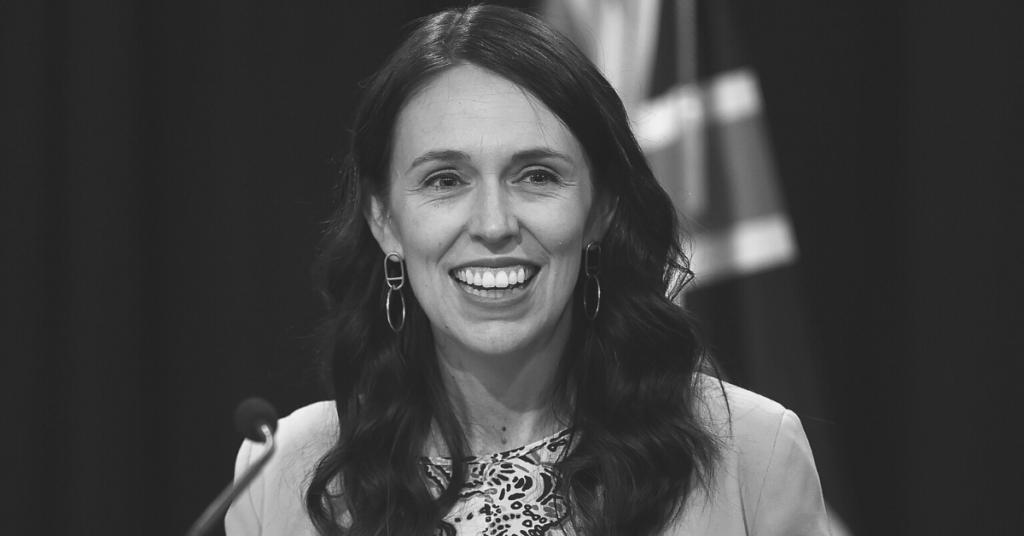
Image: Vogue
Executive presence has become a more frequently cited attribute of an effective leader over the past years. There are quite a few people providing courses in what they describe as executive presence, although when reviewed, all too often this is being translated into media training, grooming and how to dominate the room. Knowing how to present clearly across mediums is vital and taking care with your personal appearance (which does not mean having to wear a suit or skirt) are elements of executive presence, dominating the room is not. Demonstrating a calm, engaging and enabling presence is a large part of this attribute.
Why is this related to the bottom line? Because if you can’t get those around you to feel (yes, emotions) that you are able to be trusted, believed and can deliver on your word and stated goals, you have little chance of achieving your commercial and strategic goals. The “bottom line” is an outcome measure, executive presence is an input of how you can enable others to achieve it.
Having a presence means you are able to project the image or visage that you choose, and you understand it will be the most appropriate and effective for the situation you are in – it is not about being everyone’s first best friend or agreeing to everything. So, the question is – how often do you choose what, how, when and why you are projecting your presence to those around you? Gravitas, statesmanship, trustworthy are other terms that have been used to describe those who project a presence. Who do you think of when you think of executive presence? I think of Michelle Obama and Helen Mirren, also Jurgen Klopp, and Warren Buffett. If you can’t find it in your workplace, look more broadly.
It is not a new phenonium – the Romans described and strove for gravitas as leaders.
When working with the leaders I coach, frequently I ask them to identify people who they know or remember as having a positive, enabling presence. Not just at work, anywhere in their life. Often it is a family member, a past teacher or coach or someone they have read about and/or watched on tv. What surprises (and saddens) me is the relatively fewer examples from their career journey. In the current COVID crisis, there have been some great examples of executive presence – Angela Merkel, Justin Trudeau, Andrew Cuomo, Jacinda Arden and Tsai Ing-wen. These leaders have achieved their bottom line – managing the health, well being and economic basis of their communities in the face of unimaginable issues and communicating with presence, clarity, honesty and hope.
Sometimes people confuse domineering, overbearing or controlling behaviours as executive presence – beware the constant wearer of the red tie or padded shoulders. Those that feel the need to impress their presence on you are not demonstrating executive presence, more often their own blindness to what adverse impact they have.
A question I sometimes ask is, “If I was to walk into a room, why would I know/feel that you are the person I want to have engaged with before I leave?”. Not because you have the loudest suit or dress, or shiny epaulettes, or everyone is standing a metre from you in awe (or fear). What is it your project, why will I feel that I want to engage with you?
Another way to think about it, who do you see on tv, or in news reports, etc, that you would think – I would love the opportunity to have dinner with that person and learn more about their world and achievements?